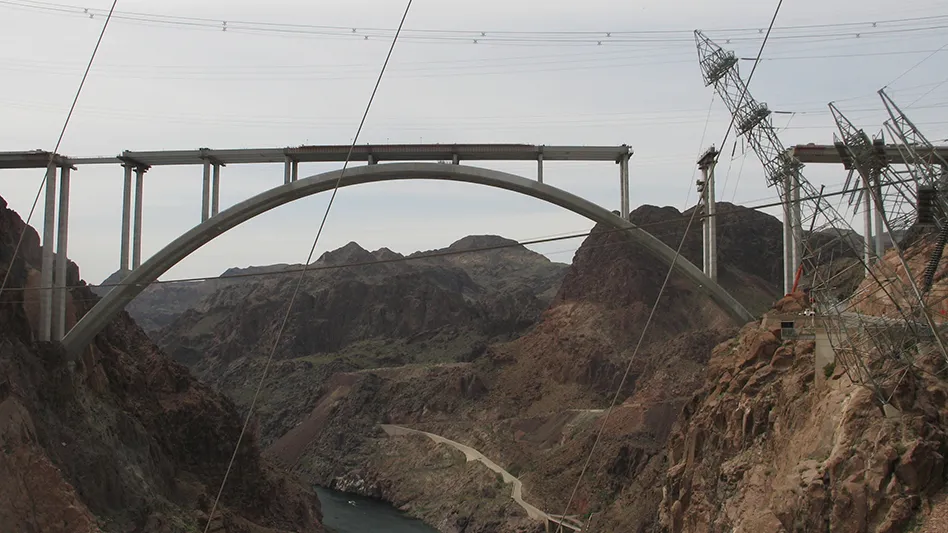
Construction & Demolition Recycling archives
Tying their request in part to a 2022 bridge collapse in Pennsylvania, the Chicago-based American Institute of Steel Construction (AISC) is urging the U.S. government to make bridge maintenance and repairs an urgent priority.
AISC, along with its affiliate the National Steel Bridge Alliance, says it applauds a recent National Transportation Safety Board (NTSB) report "for underscoring the crucial nature of bridge maintenance.”
That report follows the 2022 collapse of Pittsburgh’s Fern Hollow Bridge, which currently is still under investigation by the NTSB.
“We urge owners to review the condition of all bridges in the national inventory, regardless of structural material—and we urge politicians to provide owners the sustained resources they need to maintain a safe infrastructure between major funding battles," AISC says.
“Bridge failures are sudden, but they do not begin suddenly,” National Steel Bridge Alliance Chief Bridge Engineer Christopher Garrell adds. “We are continually reminded of the state of the nation’s infrastructure, but interest is often fleeting until something catastrophic happens. All materials deteriorate, and that deterioration, when left unabated, can and will lead to failures like we saw in Fern Hollow.”
AISC says the 52-year-old Fern Hollow Bridge is one of thousands of bridges, made from a variety of materials, that urgently need maintenance. Fern Hollow has not had an overall rating better than “fair” since 1989 (the earliest records available in the Federal Highway Administration’s InfoBridge database), the group says, noting it had a “poor” rating the last 10 years.
The Fern Hollow Bridge was made of uncoated weathering steel (UWS), which AISC says is a modern material that offers unique benefits. As a steel bridge, AISC says, it was more easily inspected than other kinds of bridges because its structural system was on full display.
According to AISC, UWS requires careful detailing and runoff planning and subsequent inspections that involve controlling exposure to things like water and chlorides (frequently found in deicing agents and the air above saltwater).
A recent AISC report on bridges containing UWS found humidity is a crucial consideration because the chemical reactions that lead to corrosion can’t start without water. “And one of the main problems is that water and chlorides often coexist, creating the most corrosive environment that a typical steel structure can experience,” AISC says.
Although UWS has been considered to require little maintenance, AISC says some highway-related agencies have identified a practice that can extend the service life of a UWS bridge: washing it to clean off any accumulated chlorides after winter deicing. “It’s common to wash trucks and loaders in the spring, so why not wash bridges?” says AISC's Jennifer McConnell, who has been researching the structures for more than a decade.
“Reaching [a structure’s] intended service life and optimizing the associated cost relies on design and maintenance actions,” McConnell adds. “Our goal is to better understand the specifics of steel corrosion to enable us to better design and maintain steel structures to mitigate and prevent corrosion problems.”
Latest from Construction & Demolition Recycling
- Connect Work Tools names new service manager
- Architects’ billings slow, contractors stay busy into summer
- RMDAS figures show ferrous still in a trough
- Mt. Diablo receives RCI certification at Pittsburg, California, C&D facility
- Plastics recycling company wins top prize at NextCycle Colorado Pitch Competition
- Arena-sized venue is demolition target in Alabama
- Brandt scrap handlers available through Murphy Tractor
- Hendrickson celebrates Tiremaax installation milestone





